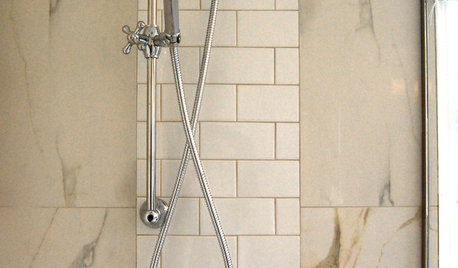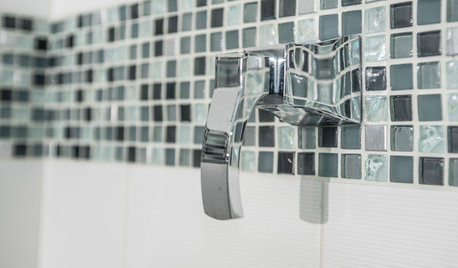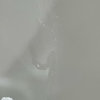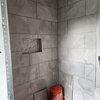Grout and caulk questions
cam06
13 years ago
Featured Answer
Comments (19)
bill_vincent
13 years agoRelated Professionals
East Peoria Kitchen & Bathroom Designers · Lafayette Kitchen & Bathroom Designers · Manchester Kitchen & Bathroom Designers · Bensenville Kitchen & Bathroom Designers · Patterson Kitchen & Bathroom Remodelers · Weymouth Kitchen & Bathroom Remodelers · Barrington Glass & Shower Door Dealers · Homestead Glass & Shower Door Dealers · Houston Glass & Shower Door Dealers · Salt Lake City Glass & Shower Door Dealers · Victorville Glass & Shower Door Dealers · Maywood Cabinets & Cabinetry · Radnor Cabinets & Cabinetry · North Tustin Window Treatments · Shiloh Window Treatmentsbill_vincent
13 years agoCathySE
13 years agobill_vincent
13 years agobrickeyee
13 years agoAvanti Tile & Stone / Stonetech
13 years agoblubird
13 years agochinchette
13 years agobill_vincent
13 years agochinchette
13 years agobill_vincent
13 years agochinchette
13 years agoblubird
13 years agobill_vincent
13 years agochinchette
13 years agoblubird
13 years agobill_vincent
13 years agochinchette
13 years ago
Related Stories

REMODELING GUIDES9 Ways Grout–Yes, Grout–Can Add to Your Design
Choose From a Palette of Grout Colors for a Warm, Unified Look
Full Story
BATHROOM DESIGNConvert Your Tub Space Into a Shower — the Tiling and Grouting Phase
Step 3 in swapping your tub for a sleek new shower: Pick the right tile and test it out, then choose your grout color and type
Full Story
TILE3 Key Steps for Grouting That Looks Its Best
Get your grout right to keep your tile beautiful and for an installation that will last
Full Story
TILEEpoxy vs. Cement Grout — What's the Difference?
Grout is grout, right? Nope. Cement and epoxy versions have different appearances, durability and rules of installation
Full Story
REMODELING GUIDES9 Hard Questions to Ask When Shopping for Stone
Learn all about stone sizes, cracks, color issues and more so problems don't chip away at your design happiness later
Full Story
MOVINGHiring a Home Inspector? Ask These 10 Questions
How to make sure the pro who performs your home inspection is properly qualified and insured, so you can protect your big investment
Full Story
GREEN BUILDINGConsidering Concrete Floors? 3 Green-Minded Questions to Ask
Learn what’s in your concrete and about sustainability to make a healthy choice for your home and the earth
Full Story
SELLING YOUR HOUSE15 Questions to Ask When Interviewing a Real Estate Agent
Here’s what you should find out before selecting an agent to sell your home
Full Story

MOST POPULAR8 Questions to Ask Yourself Before Meeting With Your Designer
Thinking in advance about how you use your space will get your first design consultation off to its best start
Full StorySponsored
Central Ohio's Trusted Home Remodeler Specializing in Kitchens & Baths
More Discussions








cam06Original Author